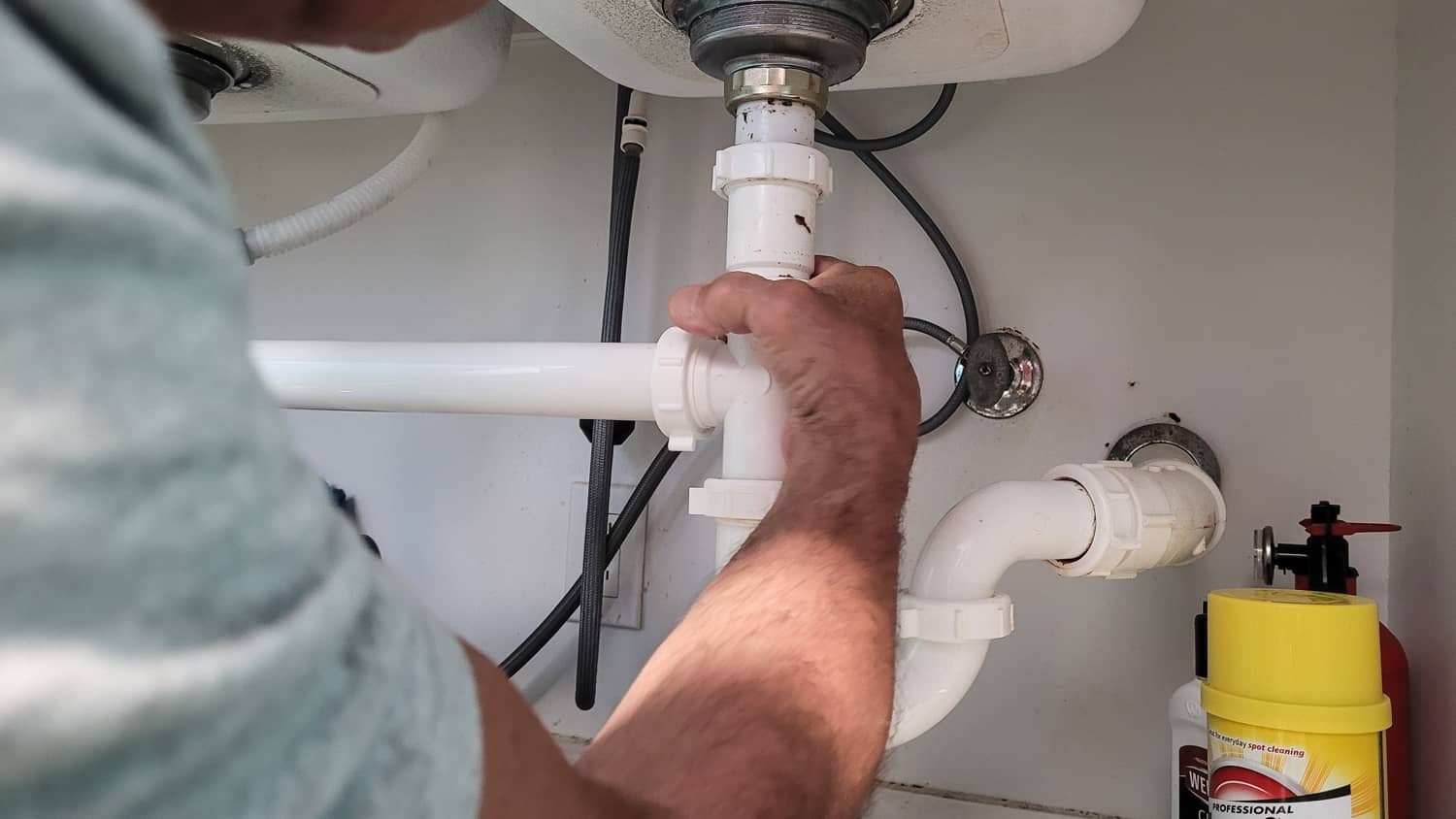Have you ever looked at your attic and wondered how it could be put to better use? Many homeowners and real estate developers are exploring the idea of turning underutilized spaces into functional areas. One of the most popular transformations is an attic conversion into a walk-in closet. This not only adds value to your home but also provides a unique storage solution. In this article, we’ll delve into the benefits and steps involved in converting your attic into a luxurious walk-in closet.

Understanding the Potential of Your Attic
Before embarking on an attic conversion into a walk-in closet, it’s crucial to assess the potential of your attic space. Consider the height and size of your attic, as this will determine the type of closet you can create. An attic with ample space can be transformed into a grand walk-in closet, while smaller attics can still provide efficient storage solutions.
Benefits of Attic Conversion
Converting your attic into a walk-in closet offers numerous benefits. First and foremost, it maximizes the use of space in your home. Instead of letting your attic gather dust, you can turn it into a functional area that meets your storage needs. Additionally, a well-designed walk-in closet can increase the resale value of your home, making it a wise investment.
Steps to Convert Your Attic
Converting your attic into a walk-in closet involves several steps. First, you’ll need to clear out the attic and assess its structural integrity. If necessary, consult a professional to ensure the attic can support the weight of a closet. Next, plan the layout of your closet, considering factors such as shelving, hanging space, and lighting.
Design Considerations for Your Walk-In Closet
When designing your attic conversion into a walk-in closet, there are several factors to consider. Lighting is crucial, as attics often lack natural light. Invest in quality lighting fixtures to ensure your closet is well-lit. Additionally, consider the type of storage solutions that best suit your needs. Custom shelving and hanging rods can maximize space and provide an organized look.
Choosing the Right Materials
The materials you choose for your walk-in closet can impact both its functionality and aesthetic appeal. Opt for durable materials that can withstand the temperature fluctuations often found in attics. Wood and metal are popular choices, offering both durability and style.
Incorporating Personal Style
One of the advantages of a custom walk-in closet is the ability to incorporate your personal style. Choose colors and finishes that complement the rest of your home while reflecting your taste. Consider adding decorative elements such as mirrors and artwork to enhance the space.
Maximizing Space in Your Walk-In Closet
Space optimization is key when converting an attic into a walk-in closet. Use every inch of space wisely by incorporating custom storage solutions. Consider adding built-in drawers, shoe racks, and adjustable shelving to accommodate your wardrobe.
Organizational Tips
Keeping your walk-in closet organized is essential for maintaining its functionality. Use organizers and storage bins to keep items neatly arranged. Label shelves and bins to make it easy to find what you need at a glance.
Lighting Solutions for Your Attic Closet
Proper lighting is essential in a walk-in closet. Consider installing overhead lighting, as well as task lighting for specific areas such as dressing tables. LED lights are an energy-efficient option that provides bright, even illumination.
Addressing Common Attic Challenges
Attics can present unique challenges, such as limited headroom and temperature fluctuations. Address these issues by installing insulation and ventilation systems. Proper insulation will help regulate the temperature, while ventilation will prevent moisture buildup.
Ensuring Structural Integrity
Before converting your attic, ensure that it can support the weight of a walk-in closet. Consult a structural engineer if necessary to assess the attic’s load-bearing capacity. Reinforce the flooring if needed to prevent any structural issues.
For more detailed guidance on maintaining attic integrity, you might find this attic truss repair guide helpful.
Dealing with Temperature Fluctuations
Temperature fluctuations can be a concern in attic spaces. Install proper insulation to keep the closet comfortable year-round. Additionally, consider installing a small HVAC system to regulate the temperature.
Cost Considerations for Attic Conversion
The cost of converting your attic into a walk-in closet can vary based on factors such as the size of the attic and the materials used. On average, homeowners can expect to spend between $5,000 and $15,000 on a basic conversion. However, more elaborate designs with high-end finishes can cost significantly more.
Budgeting for Your Project
Before starting your project, create a budget to ensure you stay on track. Consider all expenses, including materials, labor, and permits. Be sure to set aside a contingency fund for any unexpected costs that may arise during the renovation process.
Saving on Renovation Costs
Looking to save on renovation costs? Consider doing some of the work yourself. Tasks such as painting and installing shelving can be completed by homeowners with basic DIY skills. Additionally, shop around for materials to find the best deals.

Frequently Asked Questions
1. Is an attic conversion worth the investment?
Yes, converting your attic into a walk-in closet can add significant value to your home and provide a functional storage solution.
2. How long does it take to convert an attic?
The time required for an attic conversion can vary based on the complexity of the project. On average, it can take anywhere from a few weeks to a couple of months.
3. Do I need a permit to convert my attic?
Permit requirements vary by location. Check with your local building authority to determine if a permit is needed for your conversion project.
For more inspiration on attic renovations, visit these attic renovation ideas.
This article contains affiliate links. We may earn a commission at no extra cost to you.




